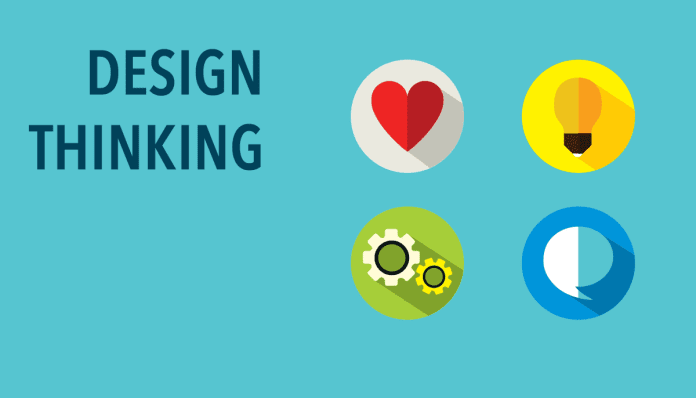For the last 8 years, as we have practiced and trained people and organisations in Design Thinking, one question has often come up: “is Human Resources truly Human Centred?”
Our work in Design Thinking has taken us across the world, from India to the USA, from Europe to China, from the Middle East to South East Asia. And everywhere we have worked, with clients as diverse as Adobe to Walmart, Indian Oil to Flipkart, Honeywell to The World Bank, we have seen this question answered in different ways.
Traditional HR solutions are typically revolved around recruitment and training, performance assessments and compliance, managing compensation scales and documenting practices. While these strategies are important, our experience has shown us that in this VUCA world, where every aspect of business is so dynamic, people are the keys to success.
And while the need to focus on people is almost axiomatic, it is surprising to see that still organizations seem to prioritise on processes and practices, more than the people who are going to drive them successfully.
Which is why HR must lead the change and embrace Design Thinking in everything it does, to enable employees to have meaningful experiences that lead to better work and life.
Design thinking can move HR’s focus beyond just building programmes and processes to a new goal: designing a productive and meaningful employee experience through solutions that are compelling, enjoyable, and simple.
Design Thinking is a philosophy and a process rooted in Empathy, in a genuine interest in human condition with the aim to changing it. Without going deep into the process, it is imperative to understand the significance of this step and its impact – without Empathy we cannot discover the right problems to solve. And then we obviously cannot come up with the right solutions!
So, for HR, Design Thinking becomes particularly critical to discover how employees are thinking and feeling about the company, the boss, the colleagues, the work, the environment, the canteen food – everything!
To do this, HR must undertake the following steps, which I call the 3 As:
Absorb
The process and immerse into the Empathy phase. Engage, observe, listen, research. This is the key, and HR, like good designers, must learn to “love the problem”. Only when they have spent time understanding the ground realities of employees can they try to solve them.
Apply
Learning in projects in iterative and agile manner, to practice, fail, understand and learn better. Diverse projects, like the ones we have enabled across employee life-cycle journeys can be eye-openers, to truly see the world through the eyes of employees.
Adopt
Great examples of engagement and service from the world beyond work, to learn from them how they are doing it, and take back those learning and see if they can be applied at work.
At the end, when I work with the non-designer community (like HR), I remind them of Raymond Loewy’s famous line that “Design is too important to be left to designers.” Conversely, we can all be designers to solve problems and improve the quality of life of people we work with. HR, with Design Thinking, can take the lead.
 Author- Anirban Bhattacharya Founder & Director, The Painted Sky Founder and Design Thinking Leader, UBQT Design Solutions www.thepaintedsky.com, He leverages his years of industry experience and deep field learning to conduct senior level training programmes, covering such topics as leadership, creative and innovative thinking, vision alignment, critical problem solving, change and conflict management. He has conducted Design Thinking based training for organisations like TCS, Robert Bosch, Accenture, Samsung, Fidelity, Cleartrip, ANZ, Oracle and Mondelez among others.
Author- Anirban Bhattacharya Founder & Director, The Painted Sky Founder and Design Thinking Leader, UBQT Design Solutions www.thepaintedsky.com, He leverages his years of industry experience and deep field learning to conduct senior level training programmes, covering such topics as leadership, creative and innovative thinking, vision alignment, critical problem solving, change and conflict management. He has conducted Design Thinking based training for organisations like TCS, Robert Bosch, Accenture, Samsung, Fidelity, Cleartrip, ANZ, Oracle and Mondelez among others.









